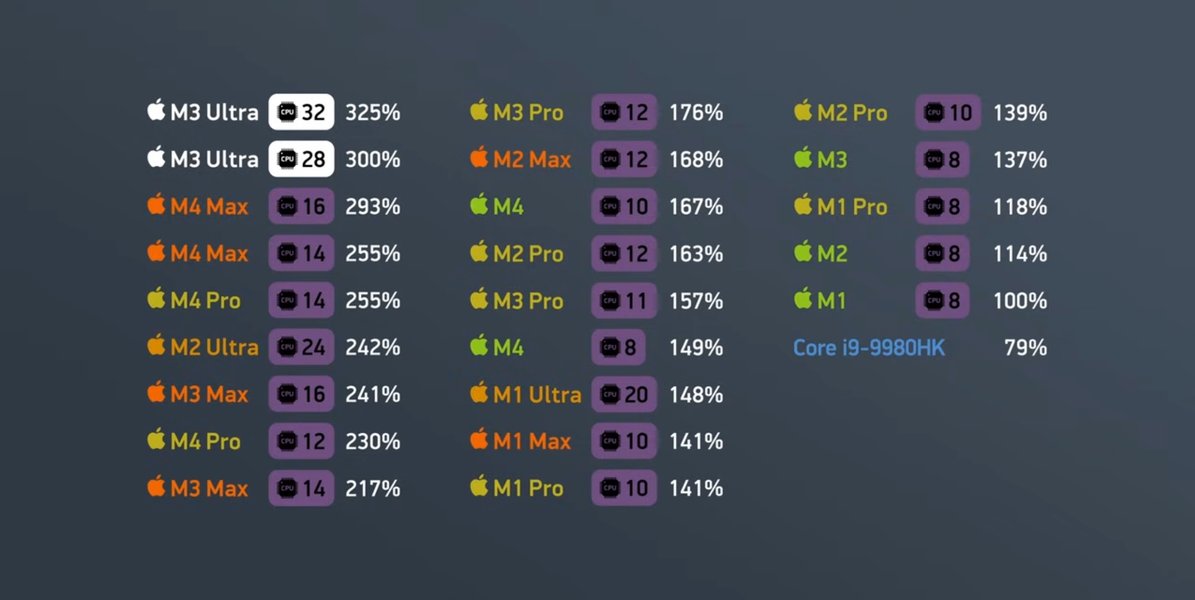Aleksei
@alnikitin
Aleksei
@alnikitin
Music
Mudhoney box set (Reprise era)
Contains three albums: "Piece of Cake" (their first major label album), "My Brother The Cow" (described as "underrated" and leaning into the more metal side of grunge), and "Tomorrow Hits Today" (which features a song in the movie "Black Sheep")
Noted that the band took a huge advance from Reprise, recorded it cheaply, and kept the money to buy houses
XTC - "The Big Express" (implied, not directly named)
Described as "super underrated" and from their middle period where they went "full studio mode"
Features songs "Wake Up" and "All You Pretty Girls" (described as "the only acceptable sea shanty song")
Salesmen's Painting
Described as a "proto-industrial noise rock" band from Austin, Texas
Mentioned as something the speaker has been looking for their "entire life"
Volcano Suns
Formed by a Mission of Burma member after that band broke up
Released on Homestead Records, which the speaker specifically collects
Uzi - "Sleep Asylum"
Described as "one of the most underrated records in the world"
Also on Homestead Records
Speaker buys copies to give to friends
The Filth of Mankind
Polish crust punk record from around 2000
Described as "metal leaning crust punk from Europe" about the apocalypse
Speaker's "favorite crust punk record ever"
Scratch Acid box set
Released by Touch & Go
Described as a huge influence on Chat Pile and "a little underrated"
Mentioned as "the first band to do the type of music that we are doing"
Referenced as an influence on Nirvana (Kurt Cobain wanted Nirvana to be a "Scratch Acid rip-off band")
Von Bables - "Family Album"
Described as a folk project by Dawn McCarthy and the lead vocalist/songwriter from Sleepytime Gorilla Museum
"Incredibly haunting, beautiful" folk songs
Speaker described it as the best album in their catalog
Sly & Robbie - "Dub Experience"
Described as "heavy dub reggae" with "great electronic shit"
Favorite track mentioned: "Computer Malfunction"
Speaker calls it "the best Sly & Robbie release"
Christmas (band)
Described as "incredible" early alternative "120 Minutes type music" with "a Proggie element"
Speaker expresses hope that a reissue label will re-release their music
Movies
The Dice Man / Dice Rules
No significant description provided beyond implying it's controversial
Prairie Home Companion (Robert Altman)
Described as Altman's last movie
About an old radio production that's "all falling apart" with "some guy coming in to make sure that it shuts down"
The Fear (VHS)
Described as "probably one of the worst movies I've ever seen"
About people at a retreat with a wooden dummy man named Morty that was the cabin owner's "childhood fear"
Noted to have "an amazing horror core soundtrack"
Dog Day Afternoon (Sidney Lumet)
About a fumbled bank robbery to fund a partner's sex change operation
Stars Al Pacino and John Cazale, described as "acting at its finest"
All The Haunts Be Yours Volume 2 (Severin Films box set)
Collection of 24 folk horror ("folk core") films
Includes "November," described as a recent great film with "great black and white cinematography"
Features strange folk elements like "this contraption man" that walks around
Internal Affairs (Mike Figg)
Stars Richard Gere as a "crooked LA cop turning on the charm and conning all these people"
Described as a "long con game" and "a masterpiece"
Directed by the same person who made "Leaving Las Vegas"
Sudden Death (Jean-Claude Van Damme)
Features JCVD "fighting Powers Boothe in a hockey studio"
Mentioned that Van Damme called it his first "A picture" (moving up from B movies)
The Cell (Tarsem Singh)
Stars Jennifer Lopez and Vincent D'Onofrio
Praised for visual effects, especially "in-camera stuff" using "sets and costuming rather than tons of CG"
Director described as "one of the most visually interesting directors" who came from "the music video world"
Knight Riders (George Romero)
Features Tom Savini in an acting role
Described as "a gentle drama about these people and this troop of like motorcycle jousters"
"Touching and amazing despite the premise"
Called "super underrated" and "his second best after Day Of The Dead"
Trick or Treat
About a dead satanist rocker whose soul comes out of his final demo record
Features a metal head kid who plays the record and summons the rocker's spirit
Contains the song "Rock and roll, gonna, gonna steal your soul"
Directed by Charles Martin Smith
Twin Peaks (David Lynch)
Box set that includes the first two seasons, "Fire Walk With Me," "all the missing pieces," and "the return"
Lynch referred to as "the late great David Lynch the master"
Daii Goth (Japanese ghost stories)
Includes "The Snow Woman," "The Bride From Hades," and "The Ghost Of Yatsua"
Mentioned as a "blind buy"
Carol (Todd Haynes)
Stars Cate Blanchett and Rooney Mara
Speaker hasn't seen it but mentions it's highly recommended by friends
Mentions liking Haynes' "Mad Asimber" (likely "May December")
Books
Angels by Dennis Johnson
Described as a "crime fiction novel" that is "very challenging and fucked up"
Includes the quote: "The hardest thing in the world is to live in an unbroken circle of pain and not become the pain itself. To retain some sense of compassion and love in the face of overwhelming suffering."


Vibe Coding Tips (Practical Summary)
1. Use an AI-Friendly Stack
• Use technologies familiar to LLMs: modern, widely-documented tools work best.
• Recommended stack:
• Next.js with App Router (AI models are familiar with it)
• TypeScript (type safety improves LLM performance)
• tRPC (typed APIs help avoid ambiguity)
• Prisma for ORM (well-documented, AI-friendly)
• NextAuth for auth (don’t let AI improvise auth)
• Supabase (managed Postgres, simple for LLMs)
• TailwindCSS (AI can inline design)
• Framer Motion (easy animation + polish)
2. Start Outside the IDE
• Think before coding: Record thoughts using SuperWhisper (voice-to-text).
• Use GPT-4 (O1 Pro / O3-based models) to:
• Create BRDs (business reqs)
• Create PRDs (product reqs)
• Generate a task list
• Prompt tip: Force the model to “think” by referencing frameworks (Porter’s 5 Forces, Blue Ocean, etc.). This deepens reasoning and results in richer outputs.
3. Use a Markdown Task File
• Create a .md checklist for tasks: each task should be 1 story point.
• Use this magic prompt:
"Create a detailed markdown checklist of one-story-point tasks based on the PRD."
• The file becomes the LLM’s to-do list during development.
4. Start with Storybook
• Use Storybook for UI design/test before touching the real code.
• Helps visualize components across states (empty, filled, error).
• Works great with AI-generated components to catch issues early.
5. Use Rubrics to Get Better Outputs
• Define evaluation rubrics (e.g., UX categories like color, spacing, font).
• Grade outputs A–F with examples.
• Prompt: “Aim for an ‘A’ in all categories.”
• This helps AI reason more deeply and produce higher-quality designs or ideas.
6. Paste Your Codebase into LLMs
• Tools: RepoMix, PasteMax (open source).
• Copy significant parts of your project and paste into LLMs with large context windows.
• Helps the model “understand” your code better than loading files ad hoc in IDE.
7. Organize Cursor Rules
• Optimize cursor.json rules to:
• Control formatting/style
• Set guardrails (e.g., “always run build and commit after change”)
• Condense to save context space.
• Use Gemini/O1 to help write/refine them.
8. Add an Update Log File
• Keep a running changelog (e.g., cursor-update.md) updated by the AI.
• After every AI change, prompt it to log what was done and why.
9. “It Sucks, Make It Pop” (ISMIP)
• Design feedback tip: Ask the AI to improve visuals if something feels off.
• Use models like SONNET to iterate and polish components.
10. Don’t Let AI Auto-Debug – Make It Think
• When debugging, do NOT ask the AI to fix the bug.
• Prompt: “Give me 5–7 potential reasons why this is broken. Do NOT write code.”
• Once you approve a reason, then ask for a fix.
• Great with thinking models like SONNET.
written for drivers who see the ambulance in the mirror.